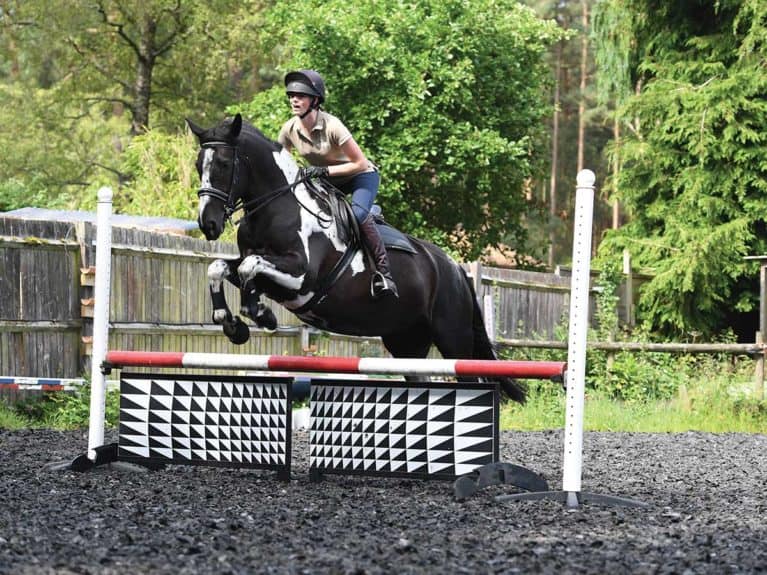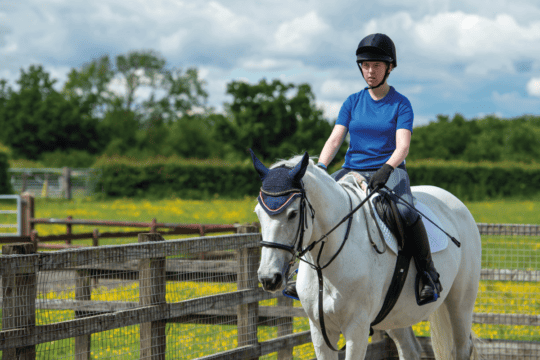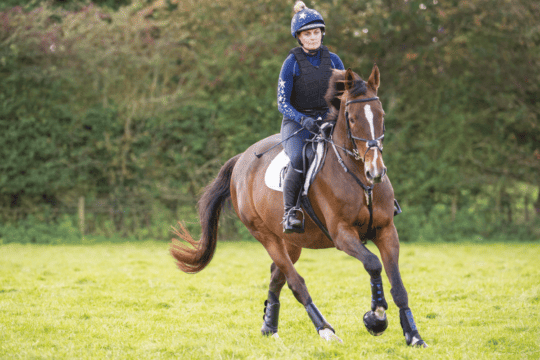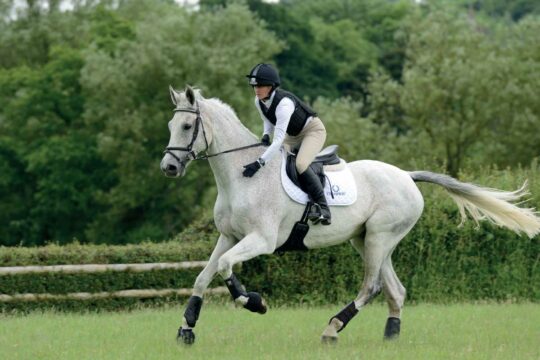
How can you get back on track when life gets on top of you? Tracey Cole shares her advice to ease the burden
The term burnout was first coined as a condition seen in health workers in the 1970s. Then, the idea spread to different types of work, especially in the corporate sector. A person with burnout experiences total physical, mental and emotional exhaustion, which usually follows a stressful, anxious or depressed stage that has depleted their cortisol levels – a natural hormone that helps the body deal with stress.
Burnout is the extreme end of these conditions, when cortisol levels are low and remain low, even if the original trigger’s removed. This means that if a person experiencing burnout goes away for a week in the sun, they won’t come back fixed.
There are ways out, but it’s not a quick fix. We’ve got five practical steps you can take to help yourself recover from burnout, or other mental health concerns such as stress, anxiety or depression.
- Take off the pressure
Remove the things that trigger your stress or anxiety. If that means taking a break from riding, then see it as a means of you and your horse resting, recuperating and, importantly, recharging. Acknowledge that you can’t give your all to everything and your horse won’t complain about time off. If he needs to be exercised, you could always use a horse walker or ask someone to ride for you. Again, it’s all about putting yourself first, for the good of your health.
Did you know?
Burnout isn’t always related to work – it can be sparked in different areas of life and impact your ability to work, rest and ride.
- Practise effective self-care
Self-care is something you can do every day in order to be mindful, re-energise and reduce low mood. While riding can be a superbly restorative and fulfilling activity, there are times when it isn’t possible due to bad weather or injury, for example. Having another outlet that you really can do every day wards off burnout. It may be something creative, such as drawing, cooking or listening to music.
Whatever you choose, taking at least 20 minutes per day to do this self-care is vitally important. It’s something that busy riders forget to do, yet the benefits of those minutes reap massive rewards in your mental and emotional wellbeing.
- Try a mindful walk
One of my favourite burnout-busting activities comes from The Burnout Solution – a self-help book written by psychotherapist and Master NLP Practitioner Siobhan Murray, who also has personal experience of burnout. This might sound wacky, but it really works.
Imagine there’s a purple alien living in the clouds who has a fascination for our planet. He wants to learn everything about it, but he can’t see through. Take a 20-minute walk and, in your head, describe everything you see and hear as a running commentary. This will be utter drivel but as long as you keep the monologue continuous, it’ll block out any negative thought patterns.
Walking for 20 minutes per day – just 10 minutes from home and back – is doable for most people and it takes only a week or so to start to see a difference. That short time to switch your mind off from burnout is enough to start changing your outlook.
Did you know?
Prolonged burnout has been linked to type 2 diabetes, heart problems, IBS and chronic headaches.
- Include your horse in your recovery
If you do decide to take a break from riding, that doesn’t mean you can’t adjust your routine at the yard to make it a more enriching place to be. So much about our horses force us to focus on making progress and reaching goals, but striving for perfection like this while in burnout will only delay your recovery.
Instead of pushing yourself to be a better rider and owner, focus on tasks you can do that are mindful and make you and your horse feel good. It could be little things at first, such as oiling his hooves or hiding carrots in his stable, but build up to longer, more involved activities. Give him a thorough groom without rushing to squeeze in a ride, set aside a chunk of time to take your tack apart and deep clean it with no pressure to actually use it (perhaps while sitting outside your horse’s stable and chatting to him), or take him for a gentle hand walk down the lane. There’s no pressure to achieve, only be in the moment and love your horse.
- Get professional guidance
Seek out a person qualified in dealing with emotional issues, such as neuro-linguistic programming (NLP), emotional freedom technique (EFT) or similar sorts of practitioners. If you can find a professional with an equestrian background, they’ll be able to better understand your circumstances, although this isn’t entirely essential. What’s more important is that they have a background in dealing with burnout.
For more information
If you’re feeling the effects of burnout, or want to talk to a professional with real experience of the horse world, visit ridersminds.org












